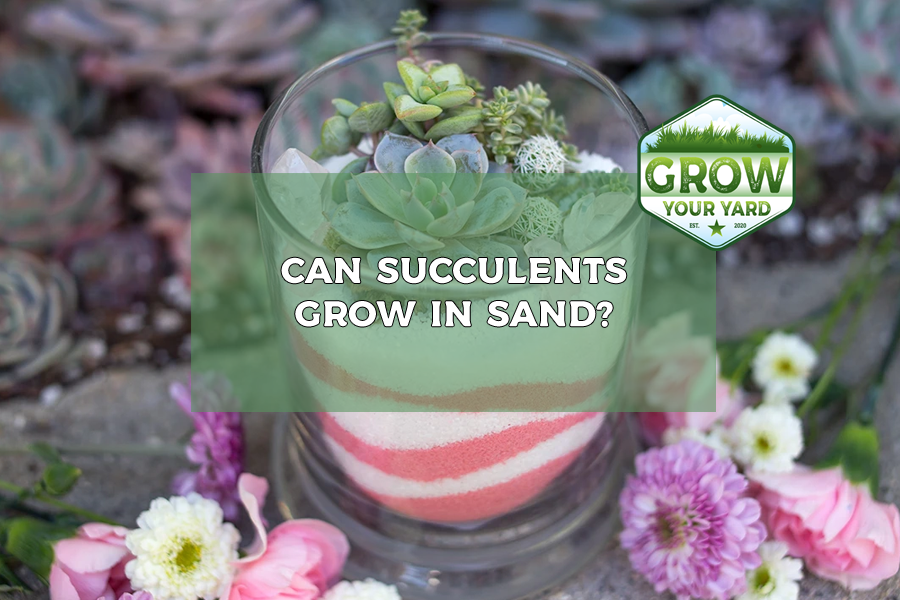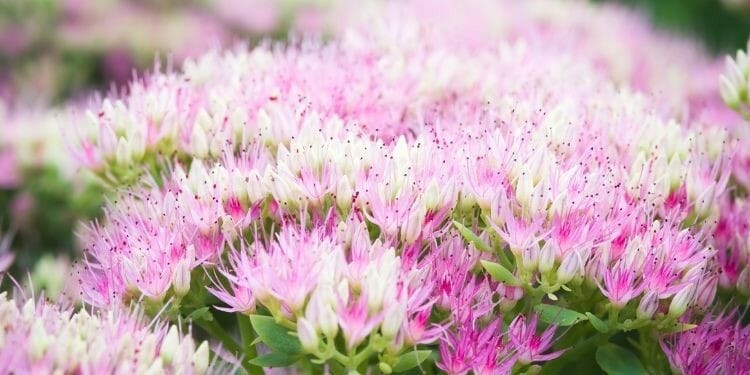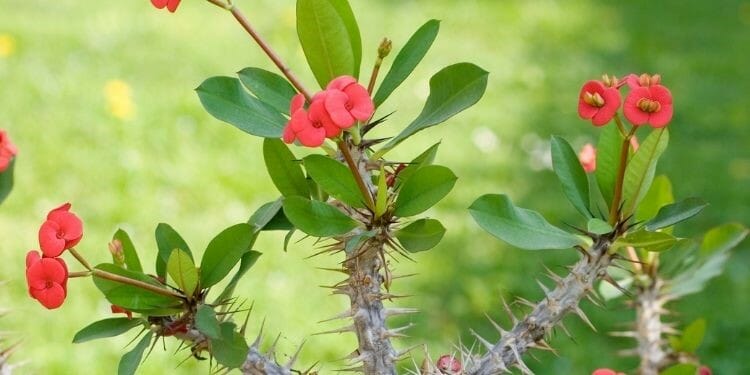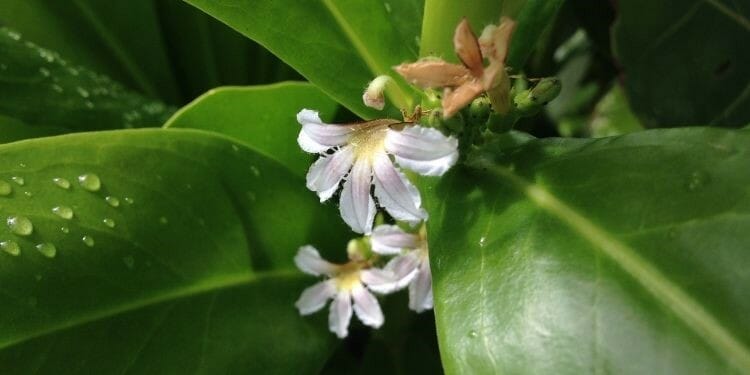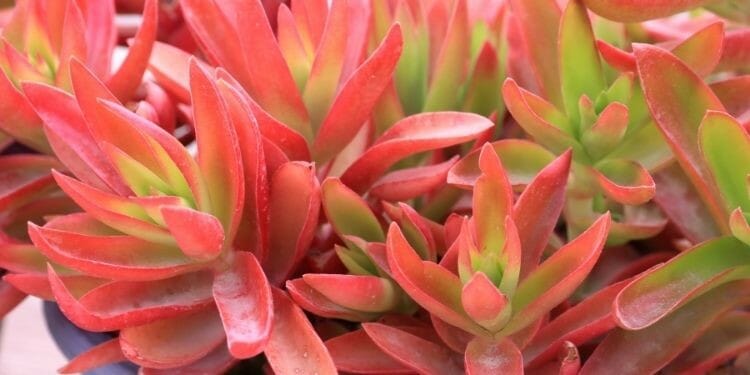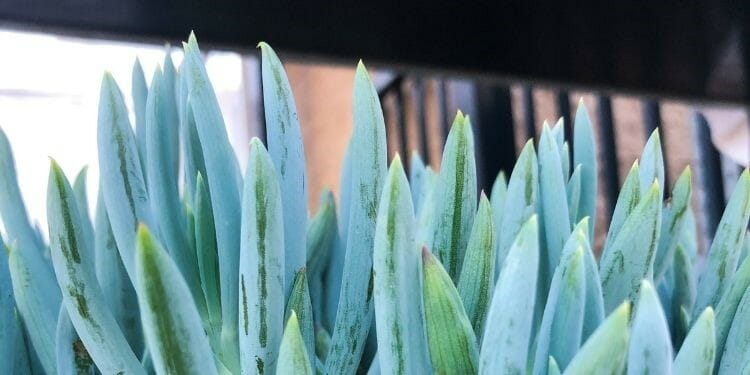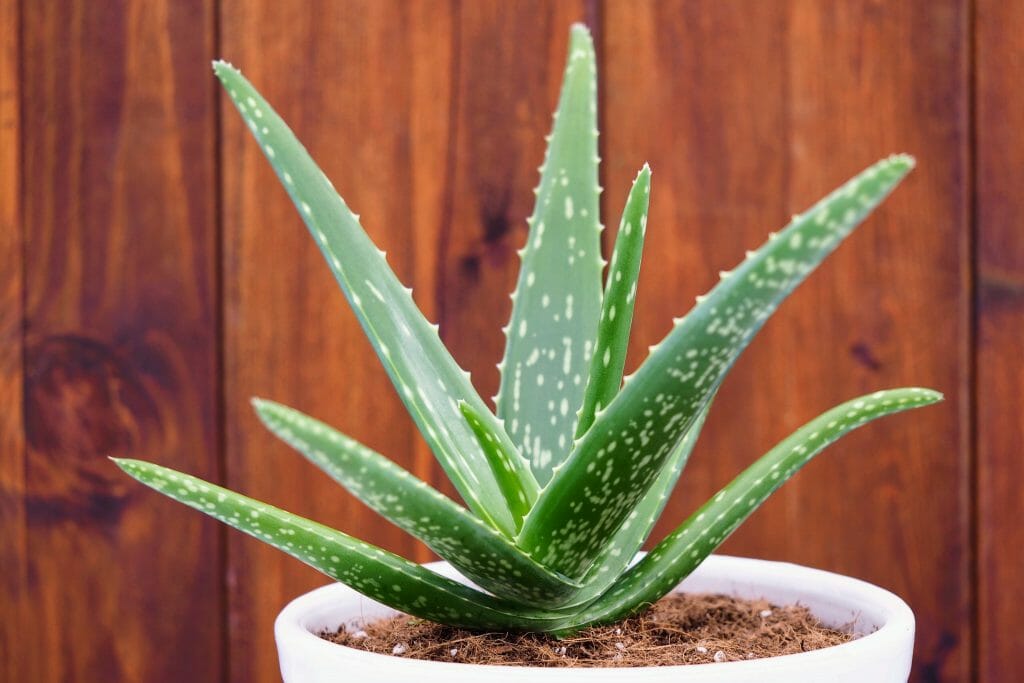You may be wondering, can succulents grow in sand? The short answer is yes, but they’re unlikely to thrive and grow. It also depends on the type of sand you use.
Logically, because a lot of succulents originate in arid desert regions, you would think they would be quite happy to grow in sand. But, there’s a difference between healthy and thriving propagated plants to the ones that are just struggling to survive in their natural habitat.
Their Natural Habitat Is Harsh And Unforgiving
For many succulents, especially cacti, their natural habitats are arid, inland desert regions in Mexico and Central and South America. These regions have minimal rainfall and are, of course, sandy.
The plants that survive in these areas have adapted to this harsh environment. It’s just what nature does. These plants take advantage of the infrequent periods of rain to gather and store as much water as they can.
However, desert sands hold very few nutrients, so these plants get their ‘food’ from the air. This is a special type of photosynthesis where the plants collect carbon dioxide in the pores of their leaves.
Once the sun comes up, the plants then use the sunlight to convert this carbon dioxide into glucose and this is what feeds them.
How Growing Succulents At Home Is Different
The succulents that we grow at home have been propagated and nurtured by plant specialists and enthusiasts. Therefore, they have adapted to much kinder environmental conditions. Remember how nature adapts?
So, if you then put these succulents into containers only filled with sand, you’re reverting them to survival mode. Don’t get me wrong, they will survive for quite some time but they will not thrive and may eventually die.
What’s The Problem With Growing Succulents In Sand?
Firstly, sand does not hold water. Which is great, right? Wrong. Even though succulents hate being overwatered and don’t like sitting in it, their roots do need a little time to absorb enough water for their needs.
Therefore, the organic material normally found in proper succulent growing mix helps to retain a little of that moisture. This gives the roots enough time to gather the water so the plant can store it for later use.
Secondly, sand contains no nutrients. Now, even though succulents don’t require a lot of nutrients to survive, they do need some to thrive and grow.
This is why, if you grow succulents in sand, they’ll most likely survive for a period of time but they won’t thrive and grow because they have no food.
What will eventually happen is that these plants will start to send out roots in search of a more optimum growing environment. The best thing you can do when this happens is to repot them into a better succulent growing mix.
The Type Of Sand You Use Is Important
If you do plan on growing some succulents in sand for a short period of time, you must ensure that you use the correct type of sand.
The sand must be coarse and open. This allows for air pockets to form in between the grains. Air is also vital for healthy roots. If the sand is too dense, the plants will suffocate from lack of air.
And, unless you’re growing saltbush or other salt-tolerant succulents, don’t use beach sand. It’s much too high in salt and will eventually kill your plants.
Coarse builder’s sand is what you should use to grow your succulents in.
How You Can Prolong The Life Of Your Succulents Growing In Sand
To help your succulents survive their sandy home, there are few things that you can do.
- Add some nutrients. Giving your plants some liquid fertilizer will help them get some of the nutrients they need to grow. Bear in mind though, that succulents don’t require a lot of fertilizer. Instead, mix up some liquid fertilizer about ¼ to ½ strength with the water you’re going to give them.
- Monitor your watering very carefully. Ensure that your plants are getting enough water but not too much either. For succulents grown in sand this is more important than ever. You have to monitor your plants constantly to ensure that they’re getting just the right amount of moisture.
- Make sure your plants are getting enough sunlight. Plants grown in terrariums generally don’t get enough light. And as you know, sunlight is essential for photosynthesis. So, ensure that your plants are getting a certain amount of sunlight hours every day.
10 Succulents That Will Survive In Nutrient-Deprived Sandy Soils
If you want to grow succulents outside, there are some varieties that will survive better in sandy soils than others. Here’s just a few:
1. Moss Rose Plants (Portulaca grandiflora)
These succulents are annuals. They will bloom from spring to fall with rose colored flowers.
2. Ice Plants (Delosperma cooperi)
This is a perennial succulent with purple daisy-like flowers that bloom from spring to fall.
3. Showy Sedum (Sedum spectabile syn. Hylotelephium spectabile)
This perennial succulent will grow to a height of about 2 feet. It will bloom in the summer and fall.
4. Myrtle Euphorbia (Euphorbia myrsinites)
This is also a perennial succulent that will grow to about 12 inches. It has blue-green foliage with yellow flowers that bloom in the spring.
5. Crown of Thorns (Euphorbia milii)
This is a succulent shrub that will grow to a height of 3 feet. It has succulent stems with thorns. Flowers can be either white, yellow, red, orange or pink and bloom from spring to winter.
6. Inkberry Bush (Scaevola plumieri)
Another shrubby succulent that grows to a height of 3 feet. It produces white flowers from spring to winter and these later form small, black berries.
7. Aloes
Most species of aloe will grow and thrive in nutrient-poor sandy soils as long as they have good drainage.
8. Century Plants (Agave americana)
This agave can grow to a height of 6 feet. It has light green leaves with sharp spines on the tips.
9. Lipstick Echeveria (Echeveria agavoides)
This is one of the best succulents to grow in a terrarium in sand as it gives its best display when it’s stressed. It has lime green leaves edged in red.
10. Blue Chalksticks (Senecio mandraliscae)
This is a spreading succulent mostly grown for its stunning blue-green foliage. It produces small white flowers in summer and is ideal as a ground-cover.
Frequently Asked Questions:
How do cacti get nutrients?
Since cacti don’t have any leaves, they have stomata or pores in their stems. They use these stomata to store carbon dioxide which they then convert into food through photosynthesis.
What kind of sand do you use for succulents?
For potted succulents, you should use a coarse builder’s sand.
Can you plant succulents in just sand?
Yes, you can but if you want them to thrive, you’re better off mixing the sand with some organic matter such as potting mix.
Final Thoughts
Succulents are one of the most forgiving plants you can grow. They require an enormous amount of care and will even survive if planted in sand.
However, for them to thrive, you would be better off growing them in a good quality succulent growing mix that is a combination of organic matter mixed with coarse sand.
Growing them in sand alone will not provide the plants with enough nutrients to thrive and grow.
Are you successfully growing succulents in sand? Please feel free to share your experiences with us in the comments below.

